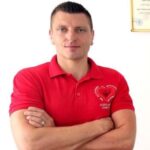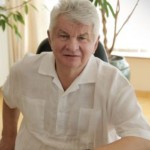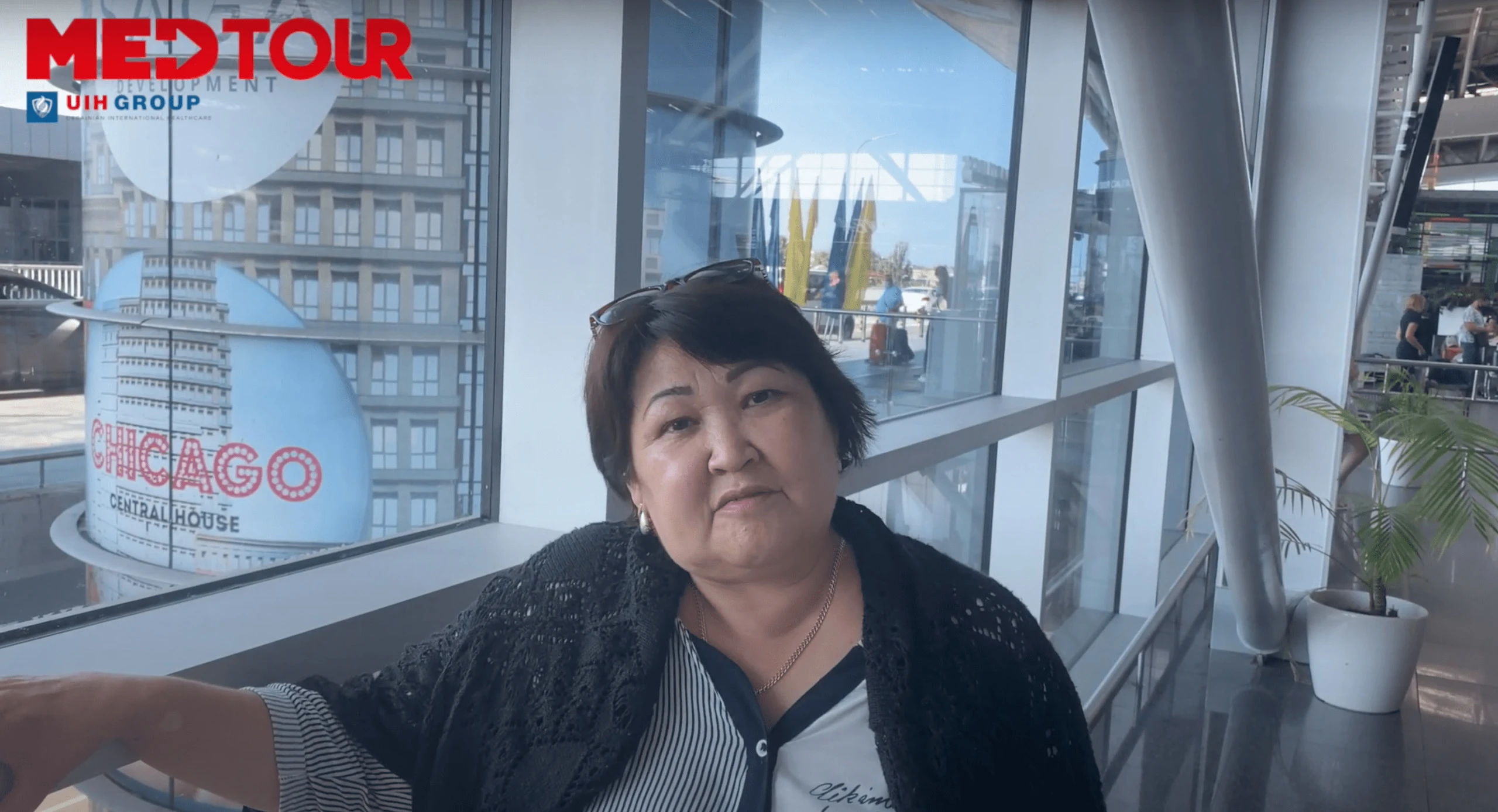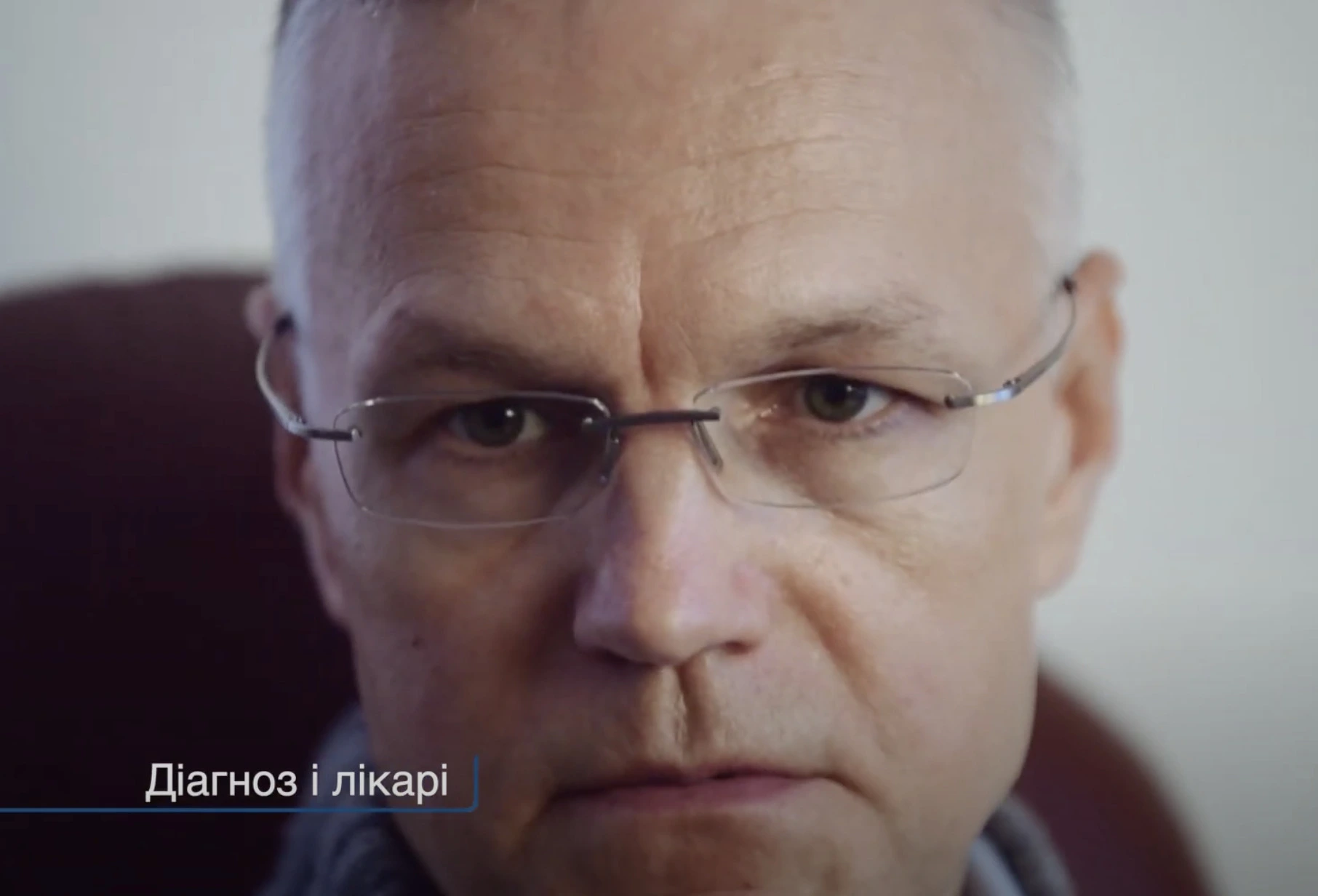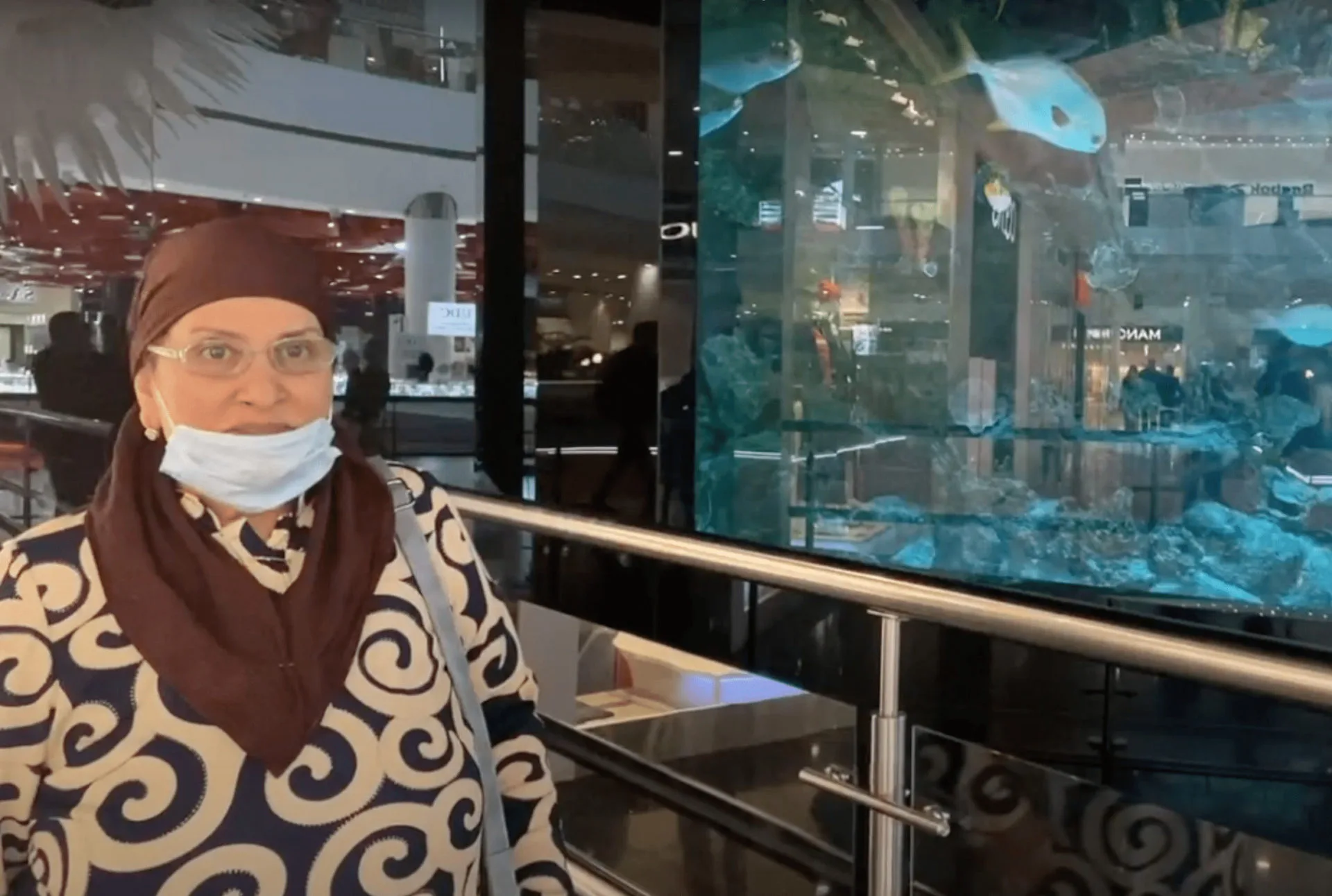Calls for Ukraine
Calls for Europe
Calls for USA
Doctors for treatment of Rehabilitation after spinal cord injury
More than 5 doctors of different specialties and directions ready to help you
Oleksandr Horetskyi Jr.
Poland, Świebodzice
Clinic: Academy of Regenerative Medicine
Total work experience: 7 years
Doctor's specialization
Oleksandr Horetskyi
Poland, Świebodzice
Clinic: Academy of Regenerative Medicine
Total work experience: 35 years
Doctor's specialization
Volodymyr Koziavkin
Ukraine
Total work experience: 53 years
Doctor's specialization
Consultation cost
from 74 USD
Engin Cakar
Turkey, Ankara, Antalya, Istanbul
Clinic: Memorial Hospitals
Total work experience: 26 years
Doctor's specialization
Consultation cost
from 120 USD
Tunc Alp Kalyon
Turkey, Ankara, Bursa, Istanbul, Izmir
Clinic: Medicana Hospitals Group
Total work experience: 48 years
Doctor's specialization
Consultation cost
from 120 USD
5 doctors of 5
Doctors for the treatment of rehabilitation after spinal cord injury
Frequently Asked Questions
1
What types of spinal injuries
- Spinal cord concussion,
- Spinal cord injury,
- Compression of the spinal cord,
- Rupture of the spinal cord or spinal roots,
- Spondidoptosis,
- Intervertebral disc rupture
1
What groups are divided into the severity of spinal cord injuries
- Group A-all functions below the damage site are completely lost, there is no sensitivity at all,
- Group B-functional ability below the level of damage is absent, but sensitivity is fully or partially preserved,
- Group C — preserved motor function with muscle strength not exceeding 3 points on the MRC scale,
- Group D-motor function of the muscles is rated above 3 points, but there are neurological defects,
- Group E — normal functioning of the spinal cord
1
What complications are associated with spinal cord injuries
- Bedsores,
- Contractures,
- Loss of control over the functions of the bladder and rectum,
- Deep vein thrombosis,
- Pneumonia,
- Shortness of breath,
- Reduced immunity,
- Coronary heart disease,
- Chronic pain
1
Why patients choose rehabilitation after spinal cord injuries abroad
- Technical equipment with the use of special computer systems that increase the effectiveness of rehabilitation, such as Vector Gait, Anti-Gravity Treadmill, ArmTutor,
- Multidisciplinary approach involving a large number of specialists to provide physical rehabilitation, psychological rehabilitation and adaptation to new conditions,
- The presence of large rehabilitation centers that specialize exclusively in this problem and have their own scientific schools of rehabilitation
What doctors are needed for successful rehabilitation
- Neurologist,
- Rehabilitation specialist,
- Physical therapist,
- An erotic therapist is a doctor who directly helps the patient cope with everyday tasks, selects adapted cutlery and kitchen appliances,
- Psychologist,
- Neuropsychologist,
- A specialist in swallowing — is needed if a gastrostomy has been established or there has been a violation of swallowing for other reasons,
- Neurologist,
- Specialists who care for the patient during rehabilitation
What are the features of rehabilitation after spinal injury
- The patient’s condition is evaluated on special scales — the most common FIM, after which a rehabilitation plan is drawn up,
- You need exercises for proper positioning in bed and in a wheelchair, breathing exercises-
they serve as a prevention of congestion in the lungs, - It is necessary to provide conditions for avoiding long-term passive positions — to reduce the
risk of thrombosis and congestive pneumonia
How is the rehabilitation after spinal cord injuries abroad
The patient’s condition is assessed according to the Bartel index, a scale that shows the patient`s activity and the patient`s need for care.
- The indicator from 0 to 20 points corresponds to a complete dependence,
- From 21 points to 60 points-pronounced dependence,
- From 61 to 90 points — moderate dependence,
- From 91 to 99 points — easy addiction in everyday life
For patients who are undergoing full rehabilitation, the program is as follows:
- Phase A-rehabilitation in the intensive care unit or intensive care unit (takes place in the acute period of the disease or the need for oxygen, the presence of a tracheostomy).
- Phase B-rehabilitation in patients with a Bartel index of less than 25 points, but without the need for intensive care. He takes place in a hospital, most of the rehabilitation consists of breathing exercises and exercises with the help of adapted shoes and special computer systems, classes on functional beds.
- Phase C-rehabilitation in patients with a Bartel index of 26 −65 points. In this case, exercises for gait, training of fine motor skills, prevention and relief of pain are of great importance.
Experienced psychologists and occupational therapists help you adapt to social life. Some patients may go through this stage partially on an outpatient basis. - Phase D-rehabilitation in patients with the Bartel index of 66-100 points. It takes courses or remotely, depending on the needs of the patient. Most often, it is aimed at preventing pain and restoring movement in the joints and limbs, as well as working with social educators and psychotherapists.
Of course, not all patients enter the rehabilitation program being completely unable to serve themselves, and not all restore their functional abilities to 100 points. However, after a large number of spinal cord injuries, vertebral prostheses and neurosurgical operations, with timely treatment, the function can be restored completely.
